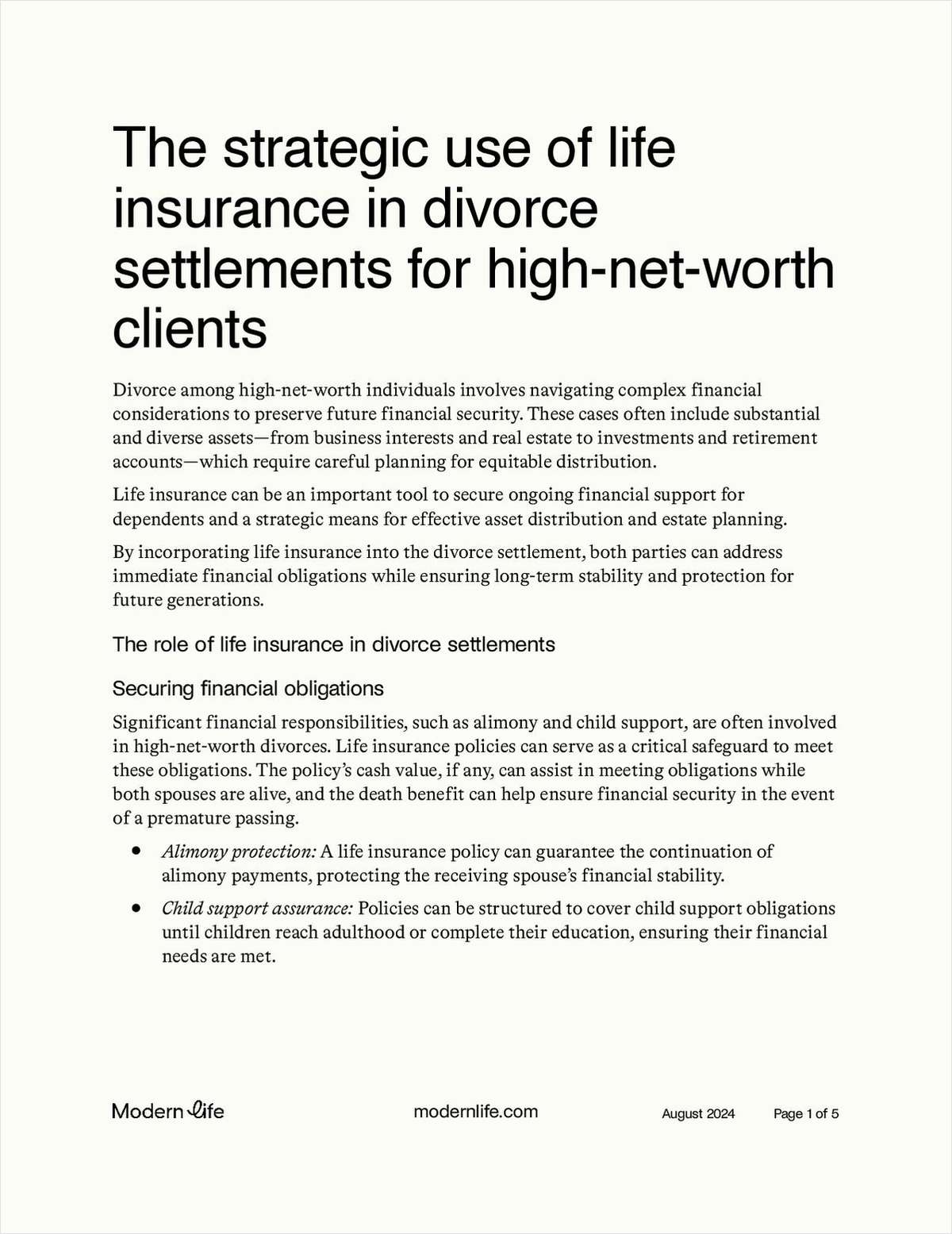For a decade that would be remembered as Wall Street's "go-go years," the 1960s began in an unpromising way. The Dow Jones Industrial Average, which hit a record high of 685.47 on January 5, 1960, soon slid back below the 600 line.
There was a rally in 1961, but in early 1962 the market gave back all that territory and more. One factor cited was President John F. Kennedy's confrontation with the steel industry over price hikes. Plus, the Securities and Exchange Commission was doing some high-profile investigations, and there was a crisis in some faraway country called Laos.
A joke made the rounds: JFK tries to reassure a businessman about the economy by saying: "Things look great. Why, if I wasn't president, I'd be buying stock myself." The businessman replies: "If you weren't president, so would I."
The Dow fell to 535.76 on June 26, 1962. That would be its low point for the decade. Stocks for the next several years would be in a state of almost constant upward motion. And Wall Street, once seen as stodgy, would take on a euphoric pop-culture cachet, complete with "glamour" stocks, "gunslinger" fund managers and "go-go" funds.
By the end of 1963, the Dow was above 750. A year later, it was close to 900. The market dipped in mid-1965 but then resumed rising. Twice in early 1966, the industrial average crossed the fabled 1,000 line in intraday trading. Rising share prices were accompanied by rapidly growing volume. At the New York Stock Exchange, a busy day in 1960 meant about 4 million shares traded; by 1966, it meant around 10 million shares.
Technology stocks enjoyed a new popularity, with hot money chasing after the likes of Polaroid, Telex, Control Data, Teledyne, Texas Instruments, University Computing and Itek. Having a futuristic-sounding name was a big plus; Xerox had existed since 1906 as the Haloid Company, but investor interest was piqued by the sleek new moniker (which actually derived from ancient Greek words for "dry" and "writing").
Mutual funds were growing fast, with assets under management rising from some $17 billion in 1960 to about $50 billion at the end of the decade, and with dozens of new funds elbowing their way into the field each year. The industry in the 1950s had held a fairly conservative and slightly boring reputation, but its players now were increasingly interested in offering a newly attentive public the prospect of aggressive growth.
Lone GunslingersWhereas the mutual funds of yore often had been managed by staid committees, it became more and more common in the 1960s for the job to be given to individual managers. And in an even more radical departure, some of those individuals were actually becoming famous.
A central figure in this limelight was Gerald Tsai Jr., who first made his name in the early '60s as a portfolio manager at Fidelity. Known for momentum investing and rapid portfolio turnover, Tsai started his own firm in 1965, and his Manhattan Fund brought in a huge amount of investor money. Stocks often moved based on what Tsai was buying, or was thought to be buying, and pros and amateurs alike emulated his in-and-out trading style. Enthusiasm waned when Tsai's portfolios headed south a few years later.
Other fund stars included three guys named Fred. Fred Carr achieved a return of 116 percent for his Enterprise Fund in 1967; it would see big losses in later years. Fred Mates ran the high-flying Mates Investment Fund, but got into trouble when the SEC suspended trading of one of his principal holdings, Omega Equities; later, he ran a singles bar. Not all celebrated managers were flashes in the pan, though. Fred Alger, who started his own company in 1964, established a longstanding presence in the fund industry.
Fund jockeys were not the only ones basking in Wall Street's approval. The captains of conglomerates also took on an outsized aura. James J. Ling built up the Ling-Temco-Vought Corporation, or LTV, with interests ranging from missiles to car rentals to golf equipment. International Telephone & Telegraph, increasingly known just as ITT, was being led by CEO Harold Geneen into hotels, real estate and more. Gulf & Western, under Charles Bluhdorn, was buying up everything from sugar plantations to "Star Trek."
Low interest rates helped fuel the conglomerate craze, since companies could get cheap financing to buy up other companies. The equity market's bull-bear swings late in the decade also encouraged conglomeration, allowing well-timed acquisitions when company stock was undervalued. But by the end of the '60s, Wall Street's affinity for conglomerates was ebbing, amid evidence that the merged behemoths were not better performers than their separate parts.
Miniskirt MarketAs stock prices and hemlines both rose in the 1960s, the idea that there was some kind of connection between the two was hypothesized. In May 1967, the brokerage firm Harris Upham sent out a newsletter stating: "For some time there has been a suspicion in Wall Street that the stock market and the hemlines of women's skirts move in the same direction."
The firm then presented research suggesting that indeed there was a correlation. "From the days of street-sweeping skirts in 1897 to the days of Twiggy in 1967," the market was up 2,100 percent, the newsletter reported, concluding: "Perhaps we should be listening more carefully to the planning in Paris."
There has never been all that much consensus as to how seriously to take this hypothesis. But in any event, hemlines could only go so far up, and in the late '60s that started to look true of equity values as well.
The Dow closed at 995.15 on February 9, 1966. That would be its high point for the 1960s, though the index would take another swing near the four-digit line with a close of 985.21 on December 3, 1968. Investor sentiment was gradually souring, as the nation's political and economic situation became more and more unsettled. The United States was at war in Vietnam. That, plus the Great Society programs touted by President Lyndon B. Johnson, entailed a growing strain on the economy. Inflation was emerging as an issue.
Unrest was growing, in inner cities and on college campuses. In August 1967, some of that turmoil showed up on the New York Stock Exchange visitors' balcony, when Yippies led by Abbie Hoffman and Jerry Rubin used the platform to denounce greed and the Vietnam War, and then throw a bunch of dollar bills down onto the trading floor. (See sidebar "Yippies on Wall Street.")
But Wall Street had its own problems. For one thing, as trading volumes continued to rise, the securities industry faced a growing paperwork crisis. Stock certificates and checks were physically changing hands on an unprecedented scale, and clerical workers in the backrooms were becoming overwhelmed. Trying to dig out from under, exchanges started holding shorter trading hours and even closing on Wednesdays. One brokerage, Pickard & Company, was so swamped with paper it went out of business.



